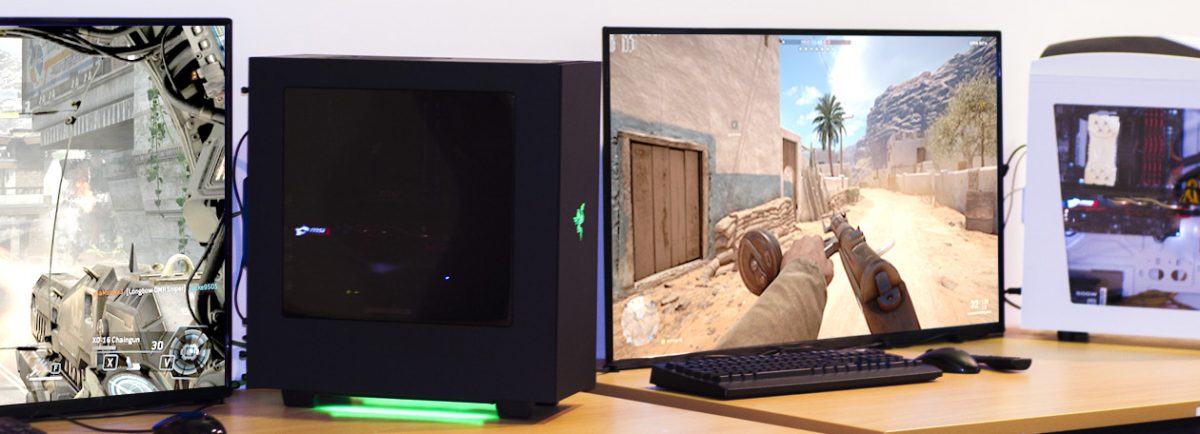Here at Evatech we occasionally get requests from customers to recommend a good build for a new release title and over the last few weeks we’ve been getting this request for 2 particular games more than any other.
Titanfall 2.
Developed by Respawn Interactive, Titanfall 2 is built upon the Source engine just like it’s predecessor. A tried and true engine, Source engine has been out in one form or another since the release of CS:Source and Half Life 2 in 2004 and was originally developed by Valve. The engine has been updated and continues to be worked on and upgraded by Valve to keep pace with industry and with almost 12 years worth of tweaks and updates, it’s extremely well optimized. The result as it pertains to Titanfall 2 is a great looking game, that runs great on modest hardware.
Now most of you probably know this already, but the three major contributors to a games performance is the CPU, RAM and the video card (GPU). The GPU is typically the main performance contributor as long as the CPU and RAM are not bottle-necking the system. All other components simply facilitate the function of these components and do no not directly contribute to performance in any meaningful way (unless of course poorly paired hardware causes bottlenecks or conflicts, which you don’t have to worry about with Evatech Custom PCs!)
With all the above out of the way, Titanfall is a very fast pace shooter than will benefit greatly from high frame rates more than most games so for the best gaming experience we would target a solid 60FPS of higher and recommend a good gaming monitor to suit.
To squeeze 60FPS out of Titanfall 2 @ 1080p / high settings all you need is;
- A mid-range i5 CPU (eg i5 6500)
- 8GB of RAM
- GTX 1060 Video Card
4K gamers will still want a high end GTX 1070 or GTX 1080 depending on how much your willing to scale back some of the graphics options to get their ideal frame rate, but those willing to forgo AA / V-Sync and are happy with High settings instead of Ultra on their lighting and shadowing can rock a GTX 1070 at 4K pretty comfortably with dips below 50FPS very rare.
Battlefield 1.
Out now for a few weeks, Battlefield 1 is one of the best installments the franchise has seen (in our opinion) and while it looks fantastic, it hasn’t raised the bar in terms of hardware requirements all that much from it’s most recent predecessor. What this means is, if you have already played Hardline, you know what performance you can expect from 1. The new installment features a short single player campaign which is nothing revolutionary and probably skipped over by most players, but where the game really shines in it’s trademark massive 64 player maps with a great mix of game modes, sparse and large or dense and compact map variations and well refined class and weapon structures.
To play Battlefield 1 at high settings at 1080P all you need is,
- Again a mid range i5 CPU (eg i5 6500)
- 8GB of RAM (benefits from 16GB seen in some of the larger maps during high player count)
- GTX 1070 Video Card
A GTX 1060 or even 1050TI will play the game great for those willing to dial back a few of the more demanding graphics settings but a GTX 1070 is where the game really shines under high/max settings without any major dips in frame rate.
4K is possible with a GTX 1080 with AA turned off and filtered dialed back but don’t expect super high constant frame rates. Watch a flame throwing tank ram in to a building as it collapses and soldiers pelt it with grenades while a bomber unloads from above and if you can rip your eyes away from the glorious mayhem unfolding in front of you to gaze at your frame counter, you’ll see dips in to the low 40’s.
Now your armed with everything you need to know. If you have any further questions let us know via the contact us form on our site or to start customizing your very own gaming PC for Battlefield 1 or Titanfall 2 today, head on over to Evatech.com.au
